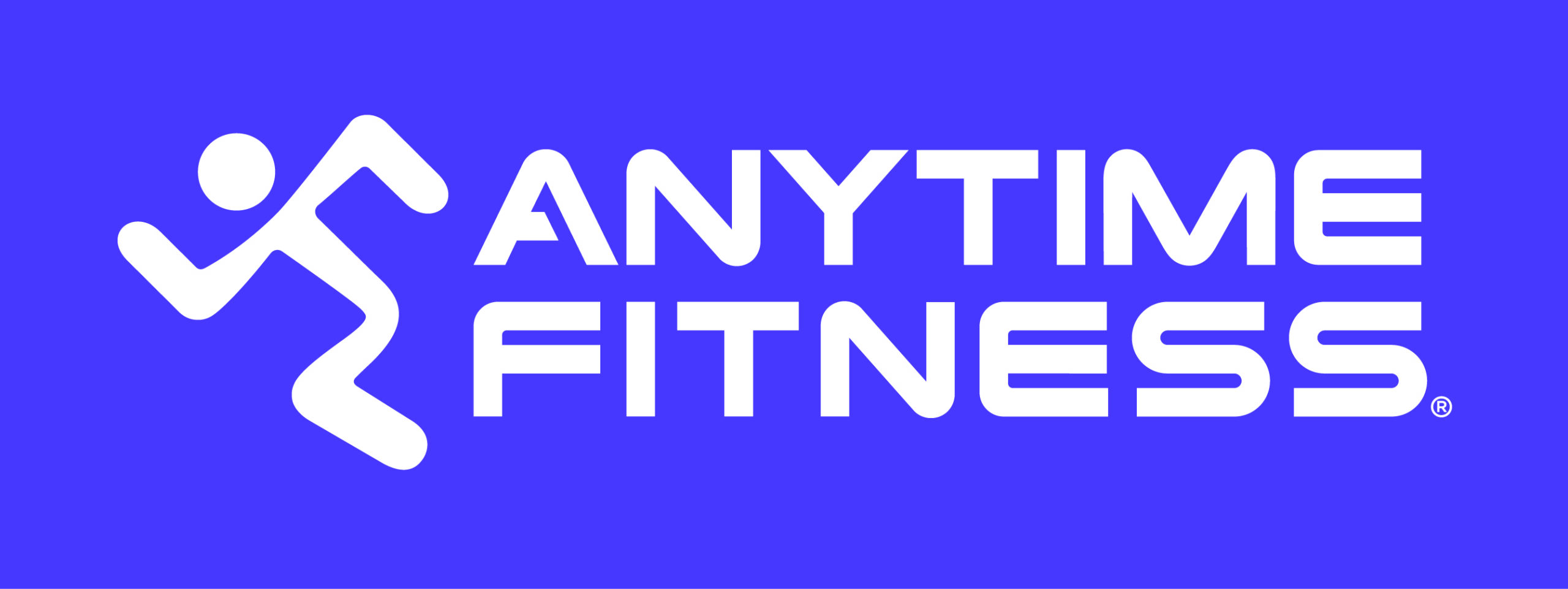
Chattooga High School’s (Chattooga High School) four-year graduation rate for the Class of 2022 of 93.2 ranks CHS in the top 25% of school systems in the state, according to data released by the Georgia Department of Education. This rate also exceeds the State’s four-year rate of 84.1%.
“We are definitely proud of our entire school community for the growth and importance placed on education,” Michelle Helie, Chief Academic Officer of Chattooga County Schools said.
Georgia’s high-school graduation rate increased in 2022, rising to 84.1% – an all-time high since the state began using the adjusted cohort calculation now required by federal law, and up from 83.7% in 2021.
Georgia’s graduation rate has increased by 14.4 percentage points since 2012.
A total of 107 Georgia school districts recorded graduation rates at or above 90%. In addition, 41 districts recorded rates at or above 95%.
“Teachers and students who persevered through the challenges of the last several years deserve credit for Georgia’s graduation rate increasing and other recent positive indicators, like Georgia students beating the SAT national average once again,” State School Superintendent Richard Woods said. “I commend Georgia’s educators and the class of 2022, and am confident we will continue to see improvements as we expand opportunities for students and invest in the academic recovery of our state.”
How Georgia calculates its graduation rate
Georgia calculates a four-year adjusted cohort graduation rate as required by federal law. This rate is:
▪ The number of students who graduate in four years with a regular high school diploma, divided by
▪ The number of students who form the adjusted cohort for the graduating class.
Adjusted Cohort Rate Definition: From the beginning of ninth grade, students who are entering that grade for the first time form a cohort that is subsequently adjusted by adding any students who transfer into the cohort during the next three years and subtracting any students who transfer out.
Georgia Graduation Rates – 2012 to 2022
2022 – 84.1%
2021 – 83.7%
2020 – 83.8%
2019 – 82.0%
2018 – 81.6%
2017 – 80.6%
2016 – 79.4%
2015 – 79.0%
2014 – 72.6%
2013 – 71.8%
2012 – 69.7%
Disclaimer on the use of Economically Disadvantaged subgroup data: During the 2021-2022 school year, the United States Department of Agriculture provided School Food Authorities operating the National School Breakfast and Lunch Programs waiver flexibilities to offer school meals to all students at no cost. As a result, the response rate for Free and Reduced Meal Applications may show a decrease in submissions resulting in a lower rate of economically-identified students in areas that utilize school meal applications for this purpose. Thus, the Economically Disadvantaged subgroup may not be comparable to previous years.













